
The Racketeer Influenced and Corrupt Organizations (RICO) Act is a United States federal law that provides for extended criminal penalties and a civil cause of action for acts performed as part of an ongoing criminal organization.
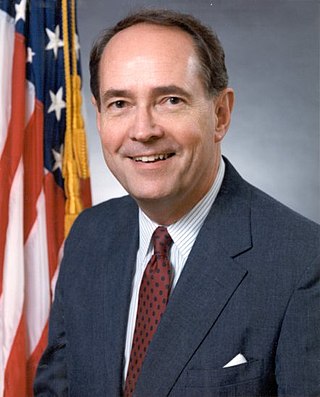
Richard Lewis Thornburgh was an American lawyer, author, and politician who served as the 76th United States attorney general from 1988 to 1991 under presidents Ronald Reagan and George H. W. Bush. A Republican, he previously served as the 41st governor of Pennsylvania and as the U.S. attorney for the Western District of Pennsylvania.
Racketeering is a type of organized crime in which the perpetrators set up a coercive, fraudulent, extortionary, or otherwise illegal coordinated scheme or operation to repeatedly or consistently collect a profit. The term "racketeering" was coined by the Employers' Association of Chicago in June 1927 in a statement about the influence of organized crime in the Teamsters Union. Specifically, a racket was defined by this coinage as being a service that calls forth its own demand, and would not have been needed otherwise. Narrowly, it means coercive or fraudulent business practices; broadly, it can mean any criminal scheme or operation with ongoing or reoccurring profit, as defined in the 1970 U.S. RICO Act, which aimed to curtail the power of the Mafia and other organized crime.
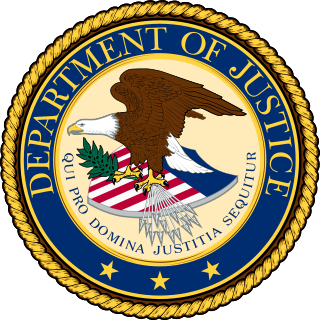
The United States Department of Justice Criminal Division is a federal agency of the United States Department of Justice that develops, enforces, and supervises the application of all federal criminal laws in the United States. Criminal Division attorneys prosecute many nationally significant cases and formulate and implement criminal enforcement policy. Division attorneys also provide advice and guidance to the Attorney General of the United States, the United States Congress, and the White House on matters of criminal law. The Division was founded in 1919.

The Organized Crime Drug Enforcement Task Force (OCDETF) is a federal drug enforcement program in the United States, overseen by the Attorney General and the Department of Justice. The principal mission of the OCDETF program is to identify, disrupt, and dismantle the major drug trafficking operations and tackle related crimes, such as money laundering, tax and weapon violations, and violent crime, and prosecute those primarily responsible for the nation's drug supply.
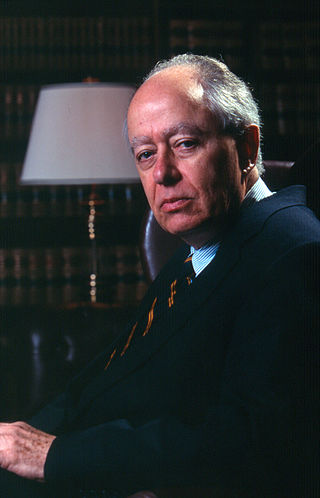
George Robert Blakey is an American attorney and emeritus law professor. He is best known for his work in connection with drafting the Racketeer Influenced and Corrupt Organizations Act and for scholarship on that subject.

The United States Organized Crime Strike Force (Strike Forces) is a program of the United States Department of Justice Criminal Division empowering individual and coordinated units based in American cities across the country to pursue illegal racketeering by organized crime syndicates, including the Mafia, Gangs, the Irish Mob, the Russian mafia, and more. The Strike Forces have largely been eliminated since Attorney General Dick Thornburgh in 1989 merged the Strike Forces with the AUSAs, in what was called the "slow death" of the effort against organized crime. Other Strike Forces have been merged with the Strike Forces of the Organized Crime Drug Enforcement Task Force (OCDETF), losing the focus of racketeering to focus on drugs and narcotics.

The California Department of Justice is a statewide investigative law enforcement agency and legal department of the California executive branch under the elected leadership of the Attorney General of California (AG) which carries out complex criminal and civil investigations, prosecutions, and other legal services throughout the US State of California. The department is equivalent to the state bureaus of investigation in other states.

Edward Francis Harrington is an American lawyer who serves as a senior United States district judge of the United States District Court for the District of Massachusetts.

Virginia Mary Kendall is an American attorney and jurist serving as the chief United States district judge of the United States District Court for the Northern District of Illinois. President George W. Bush appointed her to the bench on January 3, 2006. In addition to serving on the bench, Judge Kendall is also a noted expert on child exploitation and human trafficking, as well as an adjunct professor and author.

William Curtis Bryson is a Senior United States circuit judge of the United States Court of Appeals for the Federal Circuit. He also served a 7-year term as a judge on the United States Foreign Intelligence Surveillance Court of Review, until 2018, and on September 1, 2013, became the presiding judge of that court.
Operation Power Outage was a sting operation targeted at arresting and indicting members of the criminal group Armenian Power operating in the United States. The group is accused of racketeering offenses, bank fraud schemes, kidnappings, and drug trafficking. Armenian Power which originated 20 years ago in East Hollywood and has over 200 members, has developed from a street gang into an international criminal organization.
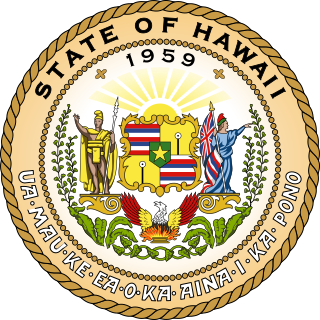
The Attorney General of Hawaii, the chief legal officer and chief law enforcement officer of Hawaii, is responsible for the Department of the Attorney General which is charged with advising the various other departments and agencies of the state government and for the prosecution of offenses under state law.
Vincent Grady O'Malley is a retired American professional basketball forward and a long-serving assistant United States attorney.
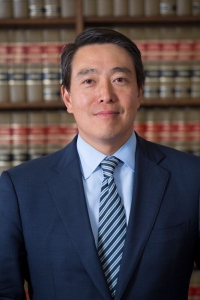
Joon Hyun Kim is an American attorney who served as the acting United States Attorney for the Southern District of New York from March 2017 to January 2018. He was Deputy U.S. Attorney for the Southern District of New York from July 2015 to March 2017 after serving as the chief of the criminal division since July 2014. From April 2013 to July 2014, Kim was the chief counsel to the U.S. Attorney. In March 2021, Kim was chosen by New York Attorney General Letitia James as independent counsel, along with Anne L. Clark, to co-lead the investigation into sexual harassment claims made against New York Governor Andrew Cuomo.
Thomas Phillip Puccio was an American trial attorney who served in the United States Department of Justice, including as an investigator and prosecutor in the Abscam case, before working as a criminal defense lawyer representing high-profile clients such as Claus von Bülow.

Warren Olney III was an American attorney and law enforcement official, soldier, and Attorney General. He ran the Criminal Divisions of the California Department of Justice and later the United States Department of Justice (DOJ). He was an integral part of the creation of the Civil Rights Division of the DOJ, and helped write the Civil Rights Act of 1957.

The Strike Force Model is a model of law enforcement that combines elements of many Federal law enforcement agencies of the United States under the direction and leadership of a single Attorney for the United States Department of Justice. Most often, this Chief has been employed by the United States Department of Justice Criminal Division, but after 1989, these efforts have been consolidated under the United States Attorney's office. This model of team coordination has existed since its first iteration in 1966 with the Buffalo Strike Force of the Organized Crime Strike Force.

Robert "Bob" Dolan Peloquin was an American trial lawyer, private intelligence agency director, federal investigator, and pioneer of American law enforcement. He was the first Strike Force Chief in the United States, managing the Buffalo Strike Force. His Strike Force Model used at the Buffalo Strike Force would be replicated in over twenty cities for the next 30 years in the American law enforcement fight against organized crime and racketeering. Peloquin later became the co-founder and President of INTERTEL, a private intelligence agency that was comparable in its investigative function to the abilities of the FBI.

The Violent Crime and Racketeering Section (VCRS) is a section of the United States Department of Justice Criminal Division created in 2010. VCRS is a group of trial lawyers and prosecutors that develop ways to eradicate significant regional, national, and international organized crime groups and violent gangs. The prosecutors of VCRS are considered "the nation’s foremost experts in racketeering prosecutions." VCRS prosecutes cases brought to it by the Criminal Division, various federal agencies, including the DEA, the ATF, among others. VCRS works alongside prosecutors from the United States Attorney's Office in the Violent Crime Initiative.













